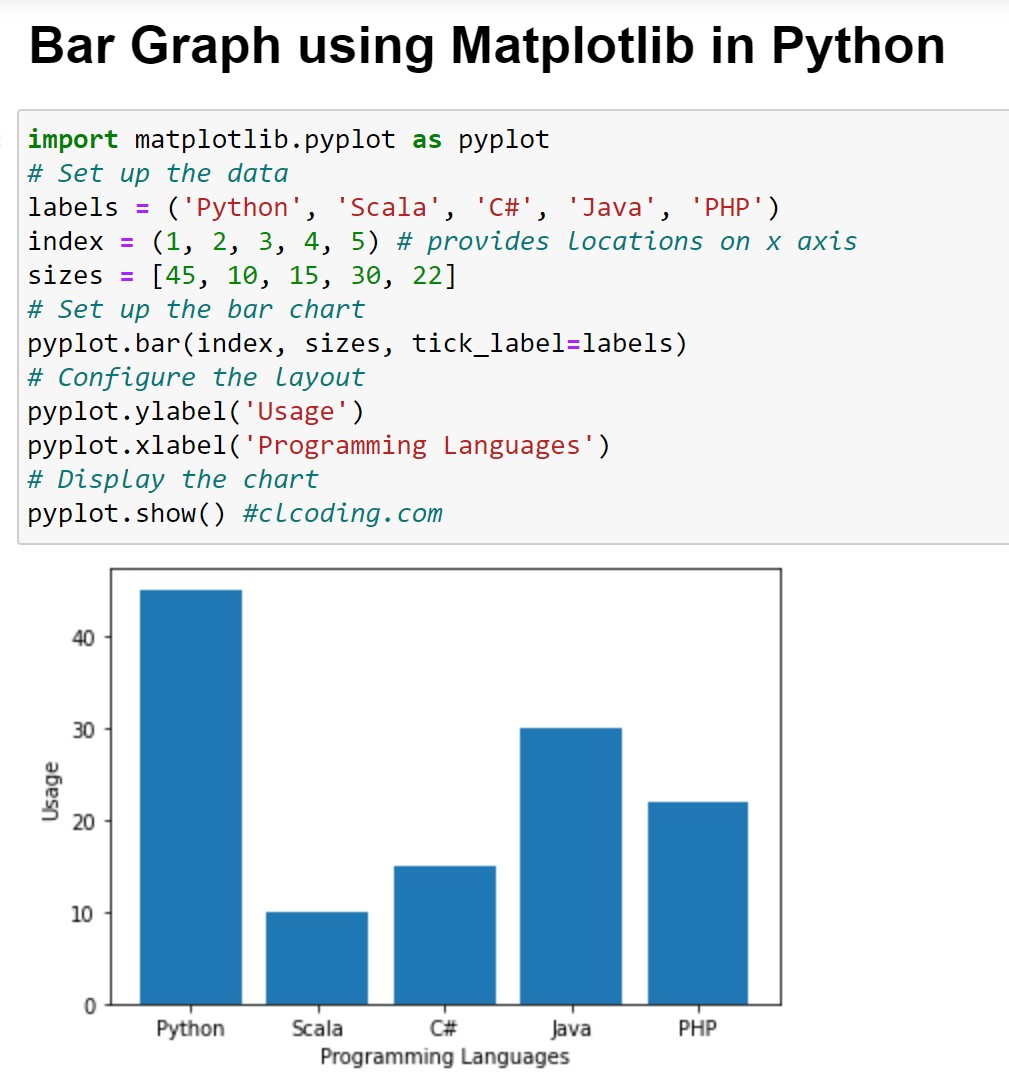
Day 28 : Bar Graph using Matplotlib in Python

Python Coding May 03, 2022 Python No comments

Python Coding May 03, 2022 Python No comments

Python Coding May 03, 2022 Python No comments

Python Coding May 03, 2022 Python No comments

Python Coding May 03, 2022 Python No comments
Python Coding May 03, 2022 Python No comments
Python Coding May 03, 2022 Python No comments

Python Coding May 03, 2022 Python No comments

Free Books Python Programming for Beginnershttps://t.co/uzyTwE2B9O
— Python Coding (@clcoding) September 11, 2023
Top 10 Python Data Science book
— Python Coding (@clcoding) July 9, 2023
🧵:
Top 4 free Mathematics course for Data Science ! pic.twitter.com/s5qYPLm2lY
— Python Coding (@clcoding) April 26, 2024
Web Development using Python
— Python Coding (@clcoding) December 2, 2023
🧵: